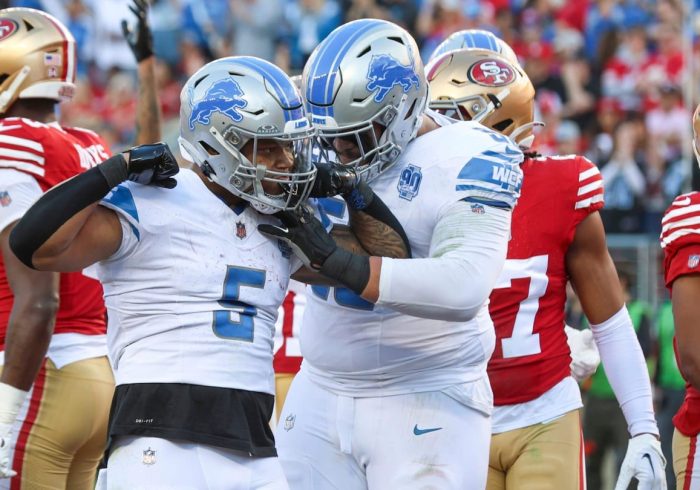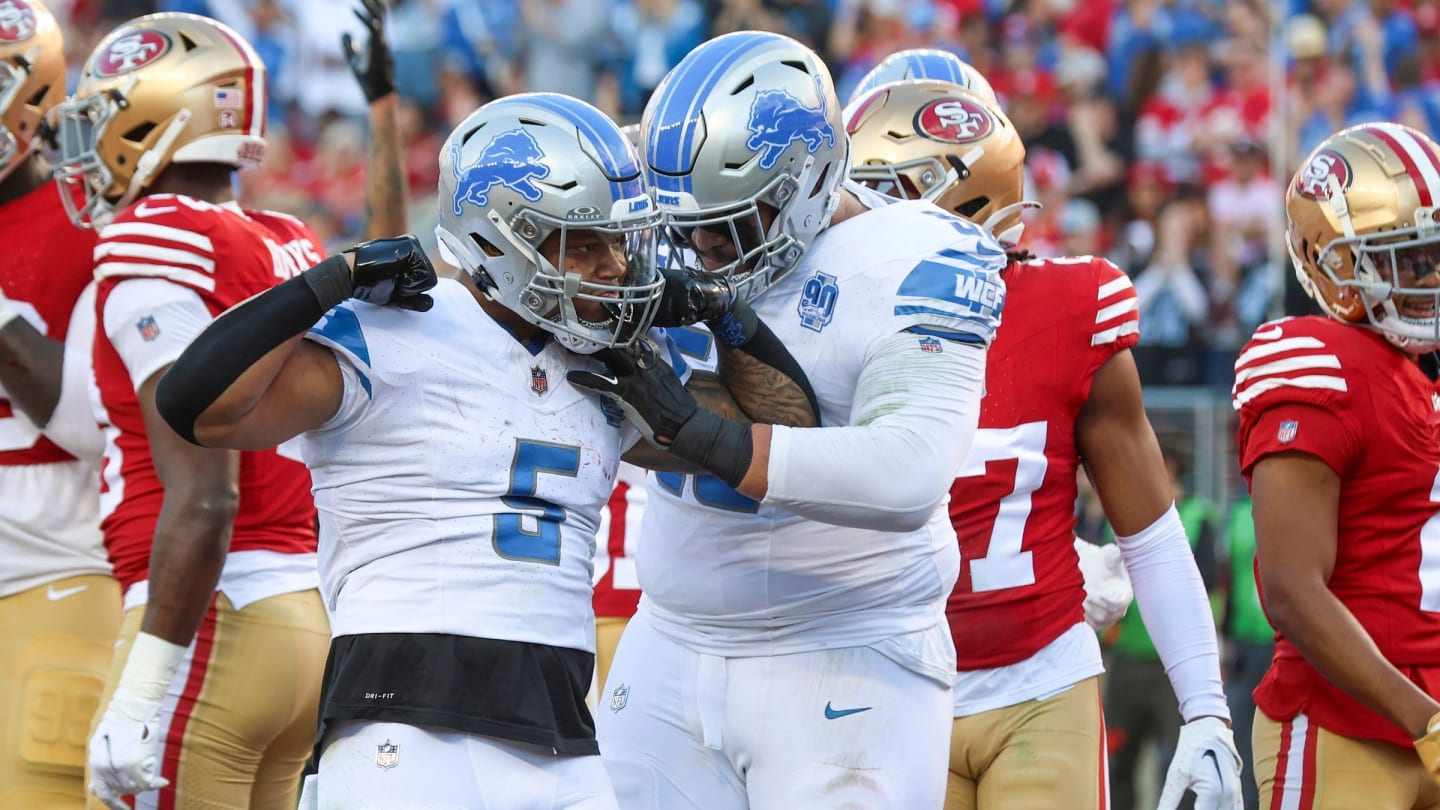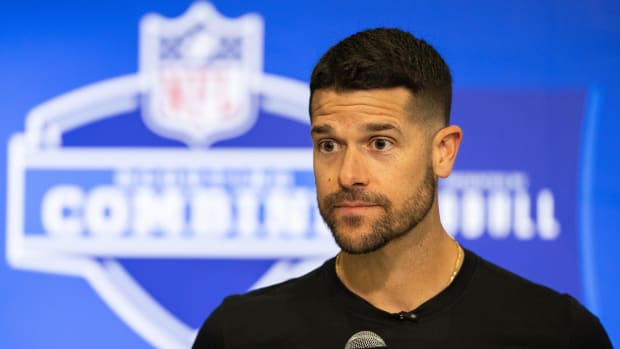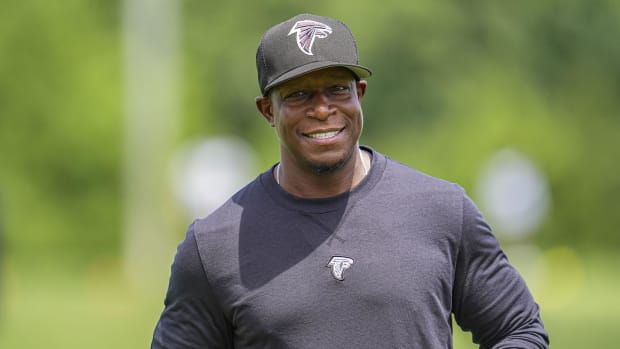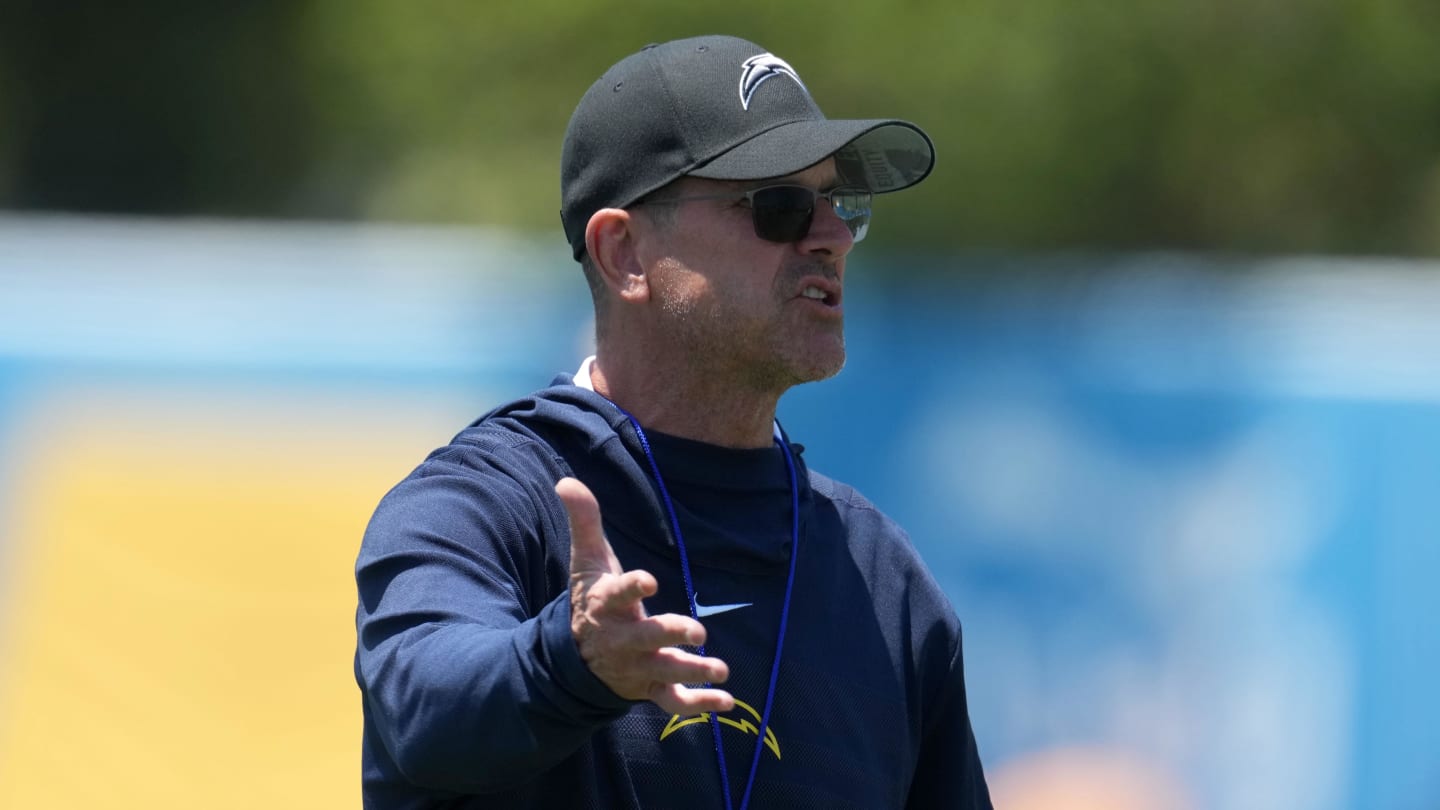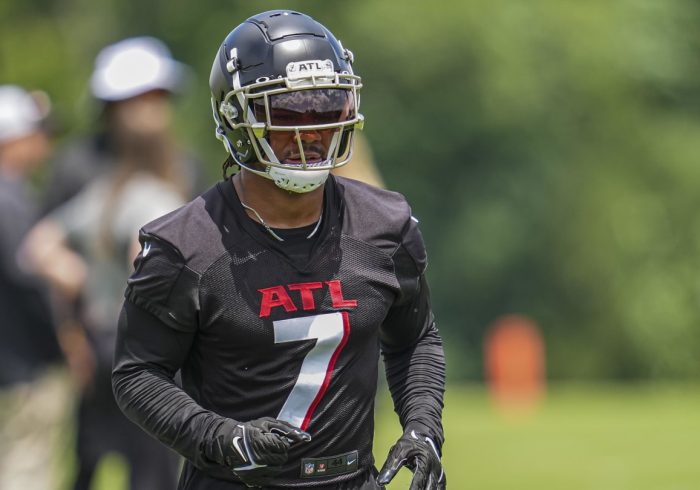The Tampa Bay Buccaneers might have had the quietest offseason among the teams in the NFC South, but that doesn’t necessarily mean the reigning division champions are on the decline.
The Buccaneers could make it four consecutive division titles after retaining their key in-house free agents, including Mike Evans and Baker Mayfield. But the Atlanta Falcons, who had a fast start to the offseason, could be on the rise with the free-agent addition of Kirk Cousins.
The Falcons were viewed as clear favorites in the NFC South after adding Cousins to an offense that included Bijan Robison, Drake London and Kyle Pitts. But the gap might have closed after they used a first-round pick on quarterback Michael Penix Jr., while their divisional rivals strengthened their respective rosters with top picks that weren’t used on signal-callers.
The New Orleans Saints drafted a quarterback (Spencer Rattler in the fifth round), but used their first-round pick on offensive lineman Taliese Fuaga to help Derek Carr.
The Carolina Panthers also prioritized their offseason to assist quarterback Bryce Young, but they still have a long way to go to catch up to the rest of the pack.
Here are grades and analysis for how the NFC South teams did this offseason.
Mayfield turned his career around in Tampa Bay, making his first career Pro Bowl.
Kim Klement Neitzel-USA TODAY Sports
Tampa Bay Buccaneers
Offseason grade: B
Key additions: C Graham Barton, Edge Chris Braswell, OG Ben Bredeson, Edge Randy Gregory, S Jordan Whitehead
Key subtractions: CB Carlton Davis III, LB Devin White
Analysis: The Buccaneers avoided offseason splash moves and prioritized their core group, one that surprised in 2023 with Mayfield’s resurgence. Tampa Bay should again contend for the NFC South title after retaining Evans, Mayfield and safety Antoine Winfield Jr., who was hit with the franchise tag. Evans and Mayfield gained long-term extensions after helping the Buccaneers advance to the divisional round.
It’s not the flashiest roster, but the Buccaneers have talent throughout and continue to improve the offensive and defensive lines. Tom Brady might be jealous of the offensive line the Buccaneers have built for Mayfield over the past two seasons. Tampa Bay selected Graham Barton, possibly the best center in the draft, to join a group that made strides last season after failing to protect Brady in 2022.
The Buccaneers, however, took a risk handing Mayfield a three-year extension worth up to $115 million after one dynamic season in Tampa Bay. Mayfield, the former top pick of the Cleveland Browns, will also be without Dave Canales, the offensive coordinator who became the Panthers’ coach in the offseason. But the Buccaneers made many savvy moves to ensure Mayfield’s ’23 season wasn’t a fluke.
Atlanta Falcons
Offseason grade: B
Key additions: QB Kirk Cousins, WR Darnell Mooney, WR Rondale Moore, DT Ruke Orhorhoro, QB Michael Penix Jr., Edge Bralen Trice
Key subtractions: RB Cordarrelle Patterson, QB Desmond Ridder, TE Jonnu Smith
Analysis: The Falcons quickly went from being NFC South favorites with Cousins to a team with quarterback concerns following the first-round selection of Penix. Not only did the Falcons create an awkward scenario, they failed to improve the 2024 squad by using their No. 8 pick on a player who might not play for a few seasons. Had the Falcons gone with the best player available, perhaps they would have gotten an A grade for the offseason and be viewed as NFC South favorites for longer than a month.
But the Falcons could still have the best team in the division if Cousins makes a full recovery from the torn Achilles he sustained last season with the Minnesota Vikings. Cousins will get to work with coach Raheem Morris and offensive coordinator Zac Robinson, two former Los Angeles Rams assistant coaches who had plenty of success under Sean McVay. With the Falcons having talented skill players, perhaps Cousins and a new coaching staff were the final pieces for Atlanta to clinch a playoff spot for the first time since 2017. But they might have been viewed as Super Bowl contenders had they drafted one of the top edge rushers in the draft instead of Penix. Maybe Penix gets an opportunity to start a game or two in 2024 to impress and quiet the critics.
New Orleans Saints
Offseason grade: B-
Key additions: OL Taliese Fuaga, LB Willie Gay Jr., CB Kool-Aid McKinstry, QB Spencer Rattler, WR Cedrick Wilson Jr., Edge Chase Young
Key subtractions: S Marcus Maye, OG Andrus Peat, WR Michael Thomas, QB Jameis Winston
Analysis: With a veteran-filled roster, New Orleans balanced the present and the future after saying goodbye to key players and hello to prominent rookies. The Saints are far removed from the days of Drew Brees and Sean Payton, but they neglected the full rebuild route the past three seasons and missed the postseason every year in that span. The organization seems to have finally adjusted after parting with Michael Thomas, Marcus Maye and Andrus Peat. The moves they made provided some cap space flexibility for the Saints, something they haven’t had much of in recent years.
For the most part, the 2024 Saints should have a similar look to last season heading into Year 2 with Carr as the starting quarterback. Carr had mixed results in his first season in New Orleans, but played well in the final month and should have better protection with the arrival of Fuaga, a rugged run blocker who can play tackle and guard. But the Saints might be making a mistake by relying on Trevor Penning and Ryan Ramczyk as the starting tackles again. Penning has struggled since being a 2022 first-round pick and Ramczyk has dealt with injuries. If Carr gets time to operate, he’ll have Chris Olave and Rashid Shaheed to hurt defenses downfield.
Young, the No. 2 pick of the 2020 draft, will be on his third team in five seasons.
Cary Edmondson-USA TODAY Sports
On defense, the team took a chance on Chase Young, who had a rocky 2023 season after being traded by the Commanders to the 49ers. But the move could pay off, with veteran defensive end Cameron Jordan needing help. New Orleans could have a foundational piece in second-round cornerback Kool-Aid McKinstry.
Carolina Panthers
Offseason grade: C+
Key additions: RB Jonathon Brooks, Edge K’Lavon Chaisson, Edge Jadeveon Clowney, S Jordan Fuller, OG Robert Hunt, WR Diontae Johnson, LB Josey Jewell, WR Xavier Legette, OG Damien Lewis, Edge D.J. Wonnum
Key subtractions: S Vonn Bell, Edge Brian Burns, S Jeremy Chinn, Edge Yetur Gross-Matos, CB Donte Jackson, LB Frankie Luvu
Analysis: Let’s get the bad out of the way because there have been plenty of offseason positives for the worst team in the NFL last year. The Panthers’ rebuild project took a hit after they elected to trade Brian Burns to the New York Giants for two draft picks, neither in the first round. It’s been well documented that the Panthers had the opportunity to trade Burns in 2022 for multiple first-round picks. With that in mind, it was strange that the Panthers didn’t just keep Burns on the roster to continue building the defense with stud defensive tackle Derrick Brown, who cashed in this offseason with a lucrative contract extension.
The Panthers also spent money on the offensive side to assist Young, the 2023 No. 1 pick coming off a rough rookie season. Perhaps no offseason acquisition was more important than the hiring of Canales, the offensive guru who helped reignite the careers of Mayfield and Geno Smith. The Panthers added weapons and protection for Young, including the splash signing of guard Robert Hunt, whom the team might have overpaid for with a monster five-year, $100 million contract. Veteran wideout Adam Thielen won’t have to carry the team like he did last season, with the trade for Diontae Johnson and first-round selection of Xavier Legette. Also, the Panthers improved the poor ground game by using a second-round pick for running back Jonathon Brooks.
Offensively, the Panthers might have done enough this offseason to gain positive results from Young in Year 2. The defense, however, might not be able to replace the production of Burns. Newcomer veterans Jadeveon Clowney and D.J. Wonnum will need to step up to help Brown and the rest of the defense.

